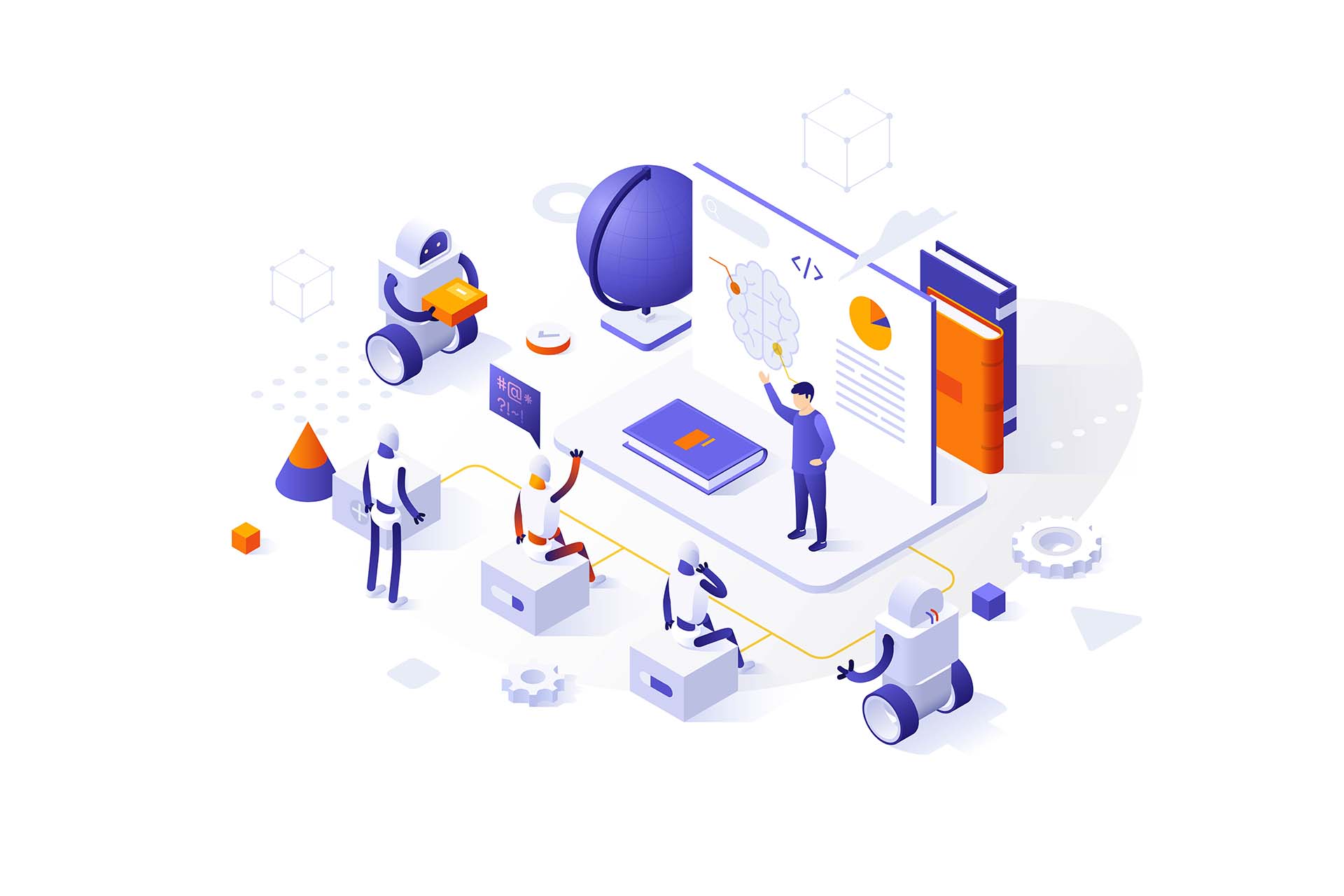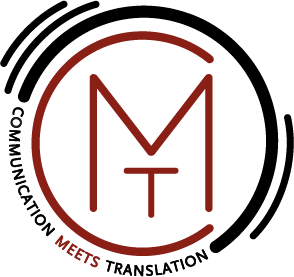Machine translation
Automatic translation is not a “modern” technology. The history of this efficient tool dates back to before the 1960s, prior to the invention of the powerful technology which led Machine Translation to revolutionise the world of translation and the way the service could be offered to customers.

What is machine translation?
Machine translation (MT) or automated translation is a process where computer software translates text from one language to another without human intervention.
How does machine translation work?
Machine translation is available for an enormous number of language combinations.
Over time, this tool has grown exponentially in terms of the quality of the translated text, especially thanks to substantial changes in how it works.
There are three types of machine translation:
- Rule-based machine translation (RBMT) uses a series of syntactic and lexical rules and dictionaries that can be customised based on the field or sector;
- Statistical machine translation (SMT) is based on statistical models that examine broad databases with multilingual content, known as linguistic corpora (collections of documents translated into many languages in different areas of expertise).
- Neural machine translation (NMT) uses artificial intelligence and neural networks that make it possible to understand the intention of a certain context and translate in a “conscious” way. Currently the best system available.
The benefits of machine translation
In the age of globalisation and an increased number of events with large-scale consequences, the demand for international connection and sharing has grown exponentially. Automated translation makes it possible to work efficiently and quickly.
The high standard of current neural machine translation services makes it possible to manage a massive quantity of text and documents in record time, without impacting the quality of the end product.
Naturally, the output is not comparable to the scrupulous work of an expert translator, but it is possible to ask for a final revised and edited version that exceeds the limits of machine translation.
Who is machine translation for?
We typically use automated translation for categories of professionals who require instant translations without the usual care of manual translations carried out by specialised translators. The end result is widely accepted as valid in several fields or particular situations where the perfection of human intervention is not required.
Machine translation is mainly recommended for financial, legal and technical text types, and generally all cases where artificial intelligence works at its best (with repeated terminology and specific phrases). Machine translation tends to be less accurate when the source text requires extensive changes in terms of intention, style and creativity.
Machine translations are usually an essential starting point when faced with short turnarounds. This service can provide a provisional version as we wait for the definitive one, to extrapolate information or excerpts during multilingual exchanges or internal consultations (contexts with no immediate need to publish documents or make them official).

Post-editing
Though machine translation is being updated continuously and offers increasingly more optimal solutions to customers, it is not always the best option. CMT provides custom consulting to achieve the best result in the established turnarounds.
Post-editing is sometimes required to improve the end result. This task is carried out by expert translators who read through and correct the texts that have been translated automatically.
Expert translators contribute where there is a lack of uniform language, appropriate terminology, consistency and respect for the style and intention of the author. This human intervention adds value and ensures the quality of the translation.

